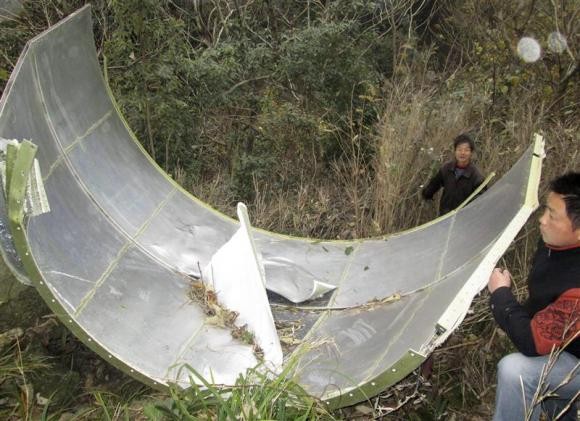China has conducted another surprise launch of a new satellite in the Yaogan Weixing series. On Nov. 14, the Yaogan-23 remote sensing satellite was launched from the Taiyuan Satellite Launch Center, Xinhuanet reported.
Primarily, the satellite will be used for crop yield assessment, natural resource surveys, disaster monitoring and scientific experiments, according to the Chinese media.
However, western analysts believe the Yaogan-23 will be used for military purposes as was the case with the Yaogan Weixing series' previous launches, according to NASA Spaceflight.
In 2006, China launched the Yaogan-1, the first satellite in the Yaogan Weixing series.
To mark the 198th successful mission for the Long March rocket family, the Yaogan-23 was carried by a Long March-2C rocket. It was also the 210th orbital launch of China as well as the fourth launch from this space center and China's 10th orbital launch in 2014.
It is said to be of a satellite in the second-generation SAR observation satellite operation on a usual 510-by-513-kilometer by 97.3-degree orbit.
During the launch, the Long March-2C (Chang Zheng-2C) rocket from the LC9 launch complex's LC901 launch platform was used. Shanghai Academy of Spaceflight Technology (SAST) built the satellites.
A Low Earth Orbit (LEO) launch vehicle developed from DF-5 ICBM, the Chang Zheng-2C (Long March-2C) can be launched from either the Taiyuan Satellite Launch Center or the Jiuquan Satellite Launch Center.
There are three configurations involved in the launch vehicle, which are the basic two-stage Long March-2C as well as the Long March-2C/SMA and the Long March-2C/SM, which use upper stages.
With a total mass of 192,000 kilograms, a total length of 35.15 meters and a diameter of 3.35 meters, the rocket is a two-stage hypergolic launch vehicle.
The first stage is 20.52 meters long with 122-second burn time and is equipped with four YF-20A engines, while the second stage is 7.50 meters long with 130-second burn time and is equipped with one YF-22A engine.



























